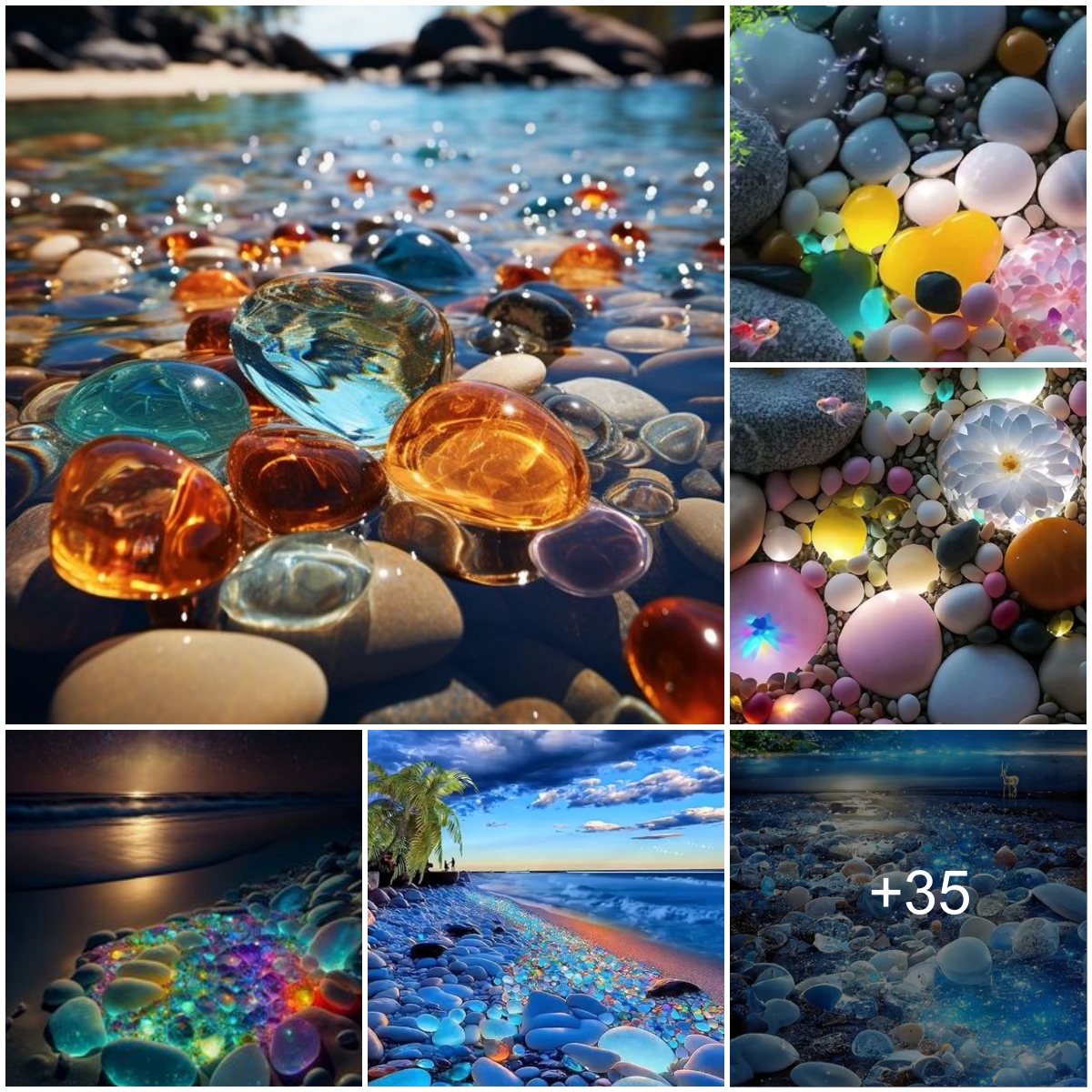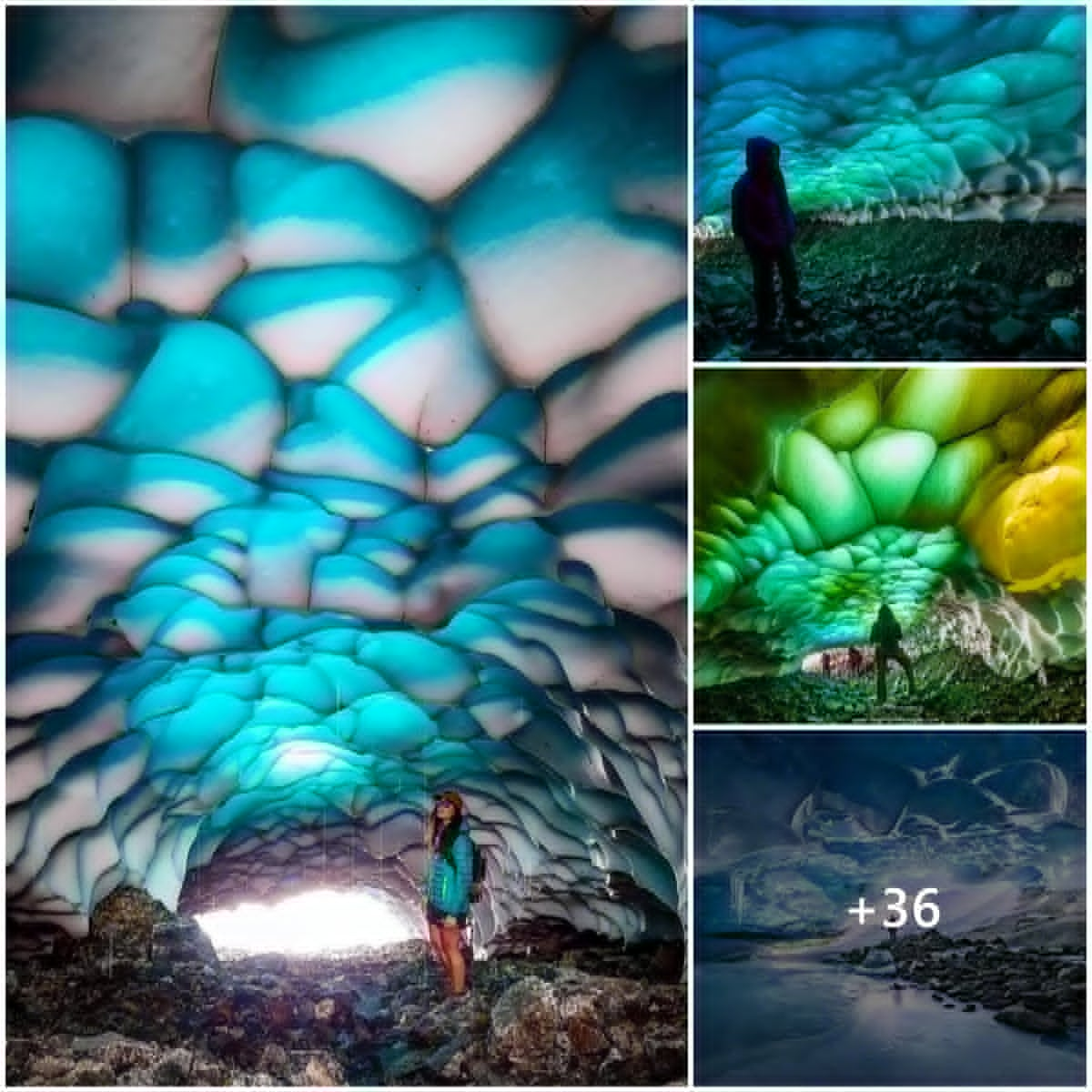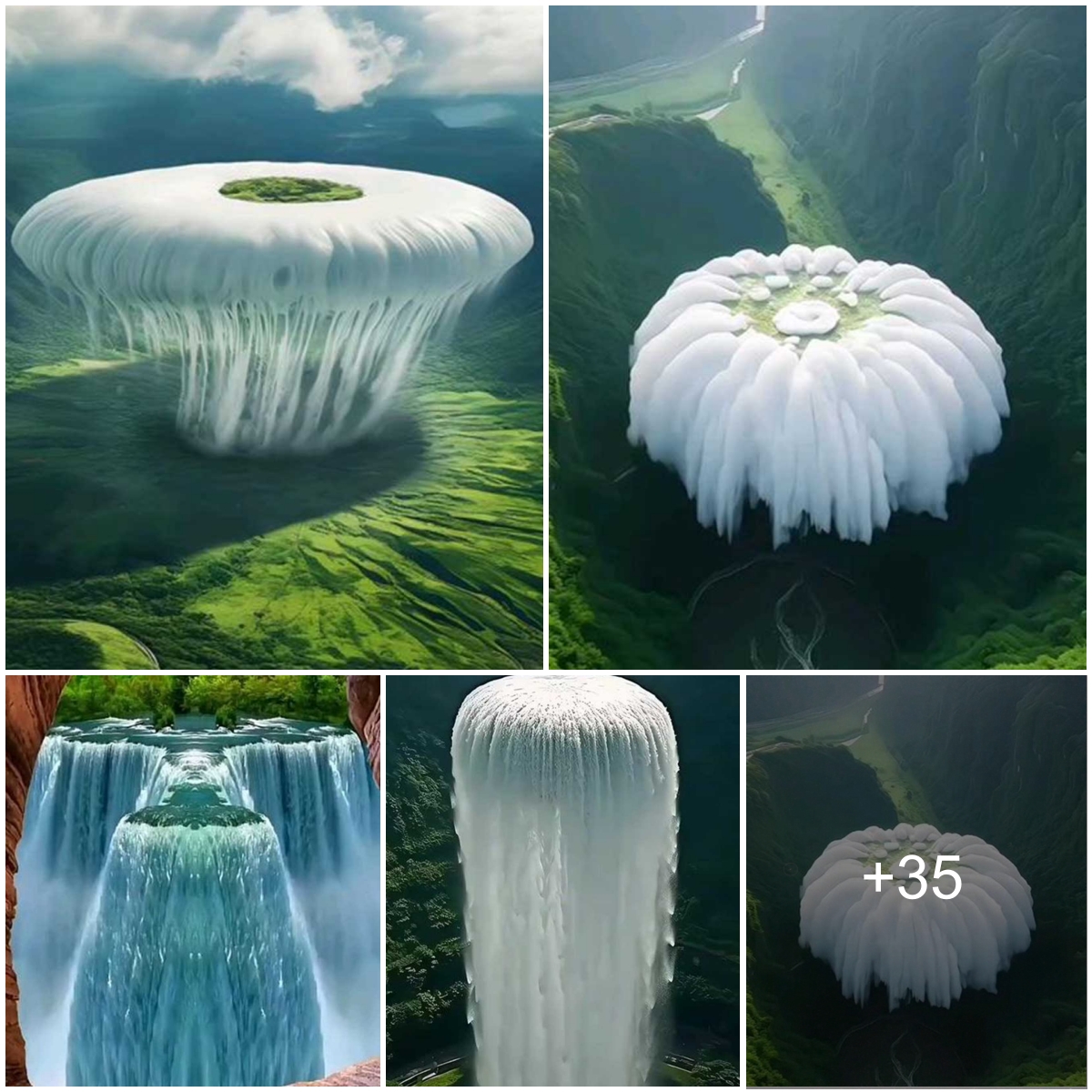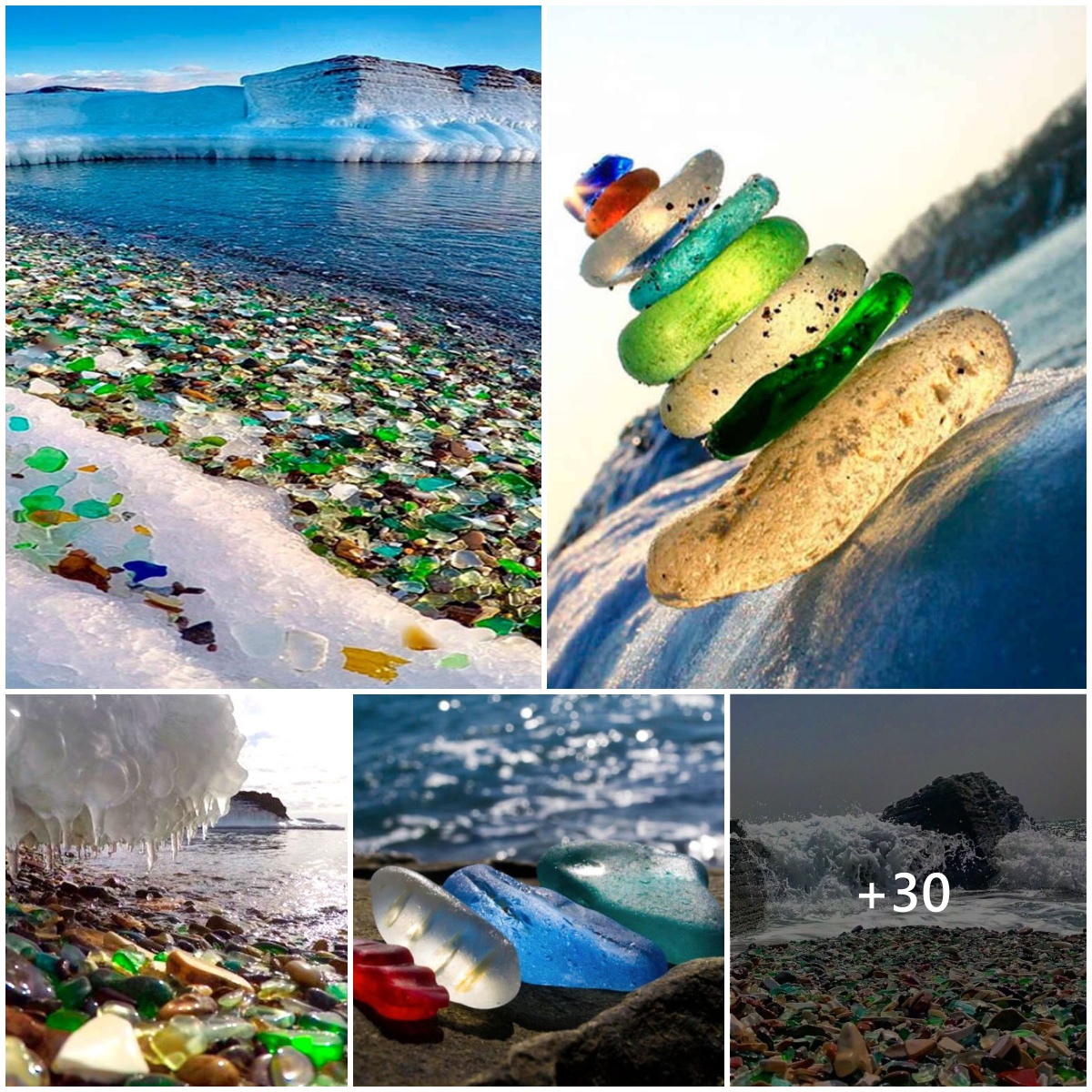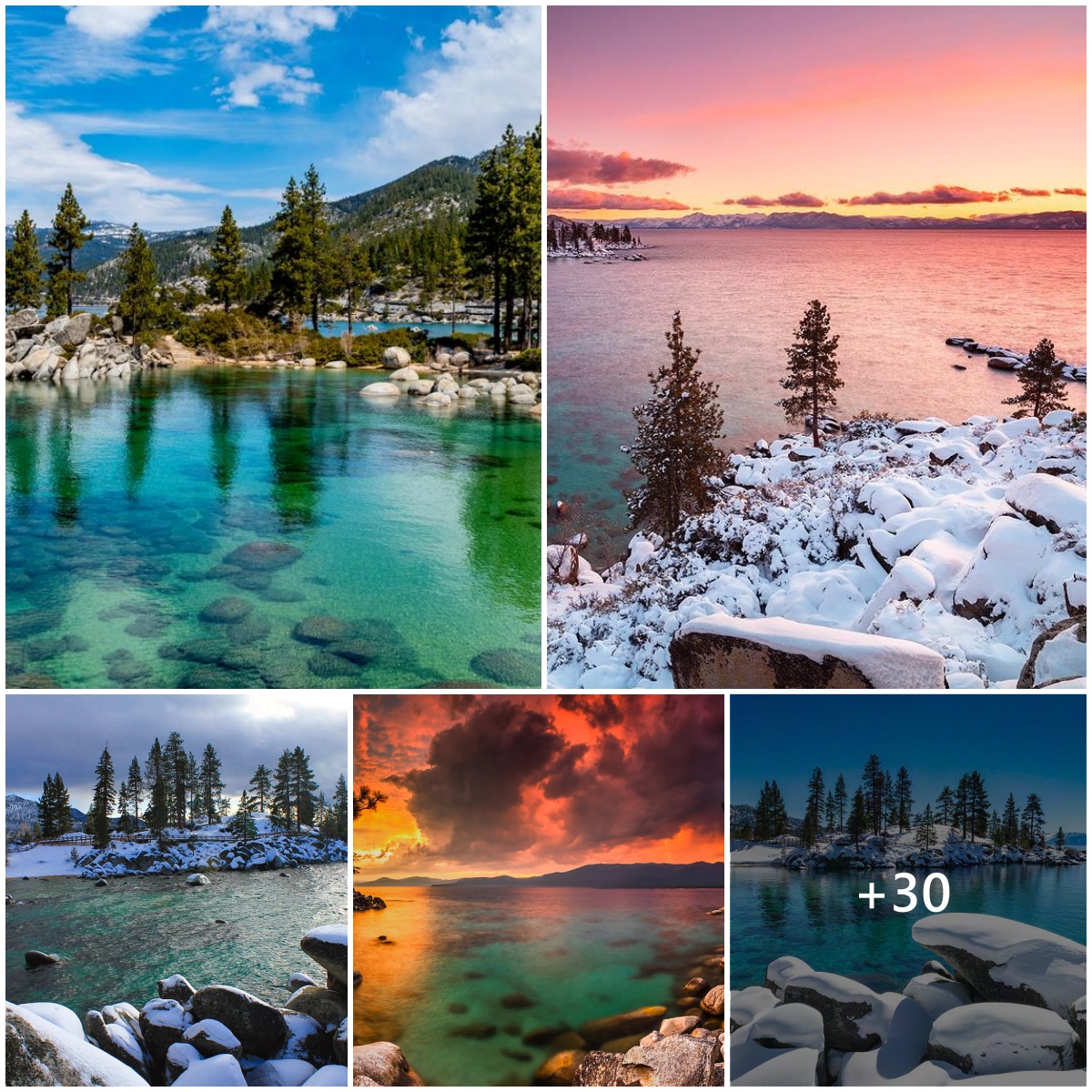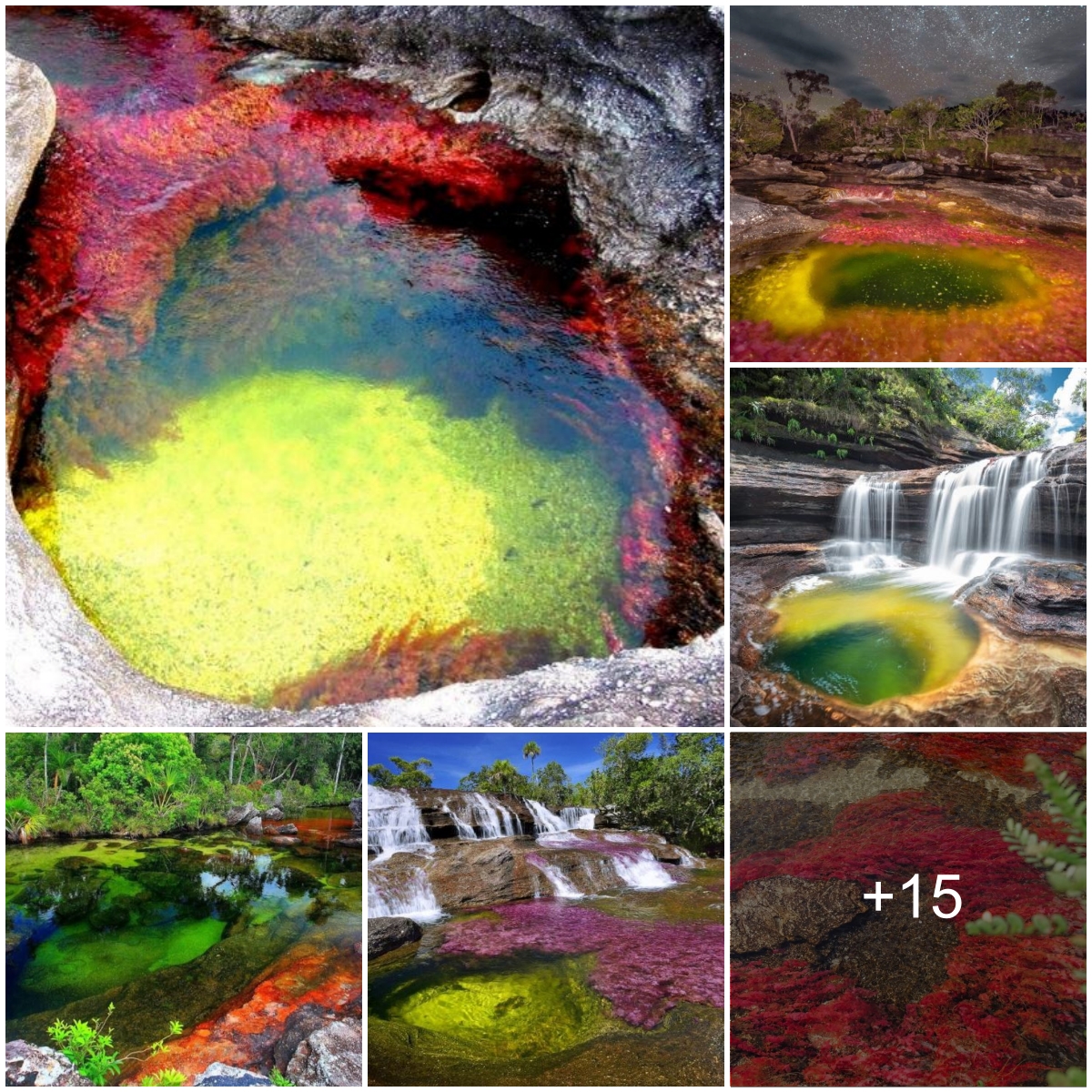These are places of distinct natural beauty, on the UNESCO World Natural Heritage list, but not all tourists know about these places.
1. Plitvice Lakes National Park
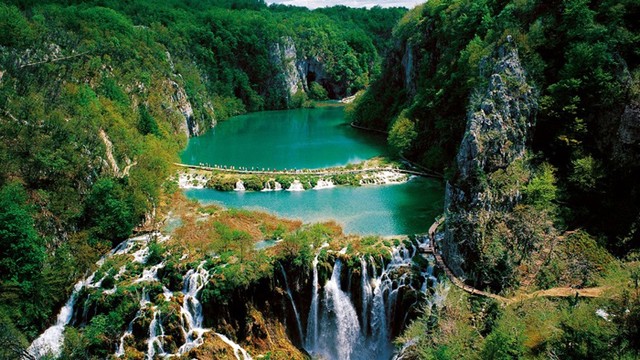
Plitvice Lakes National Park is located in central Croatia. This is the oldest national park in Southeast Europe. In 1979, this place was recognized by UNESCO as a World Natural Heritage Site and was one of the first natural heritage sites worldwide.
2. Ilulissat Icefjord
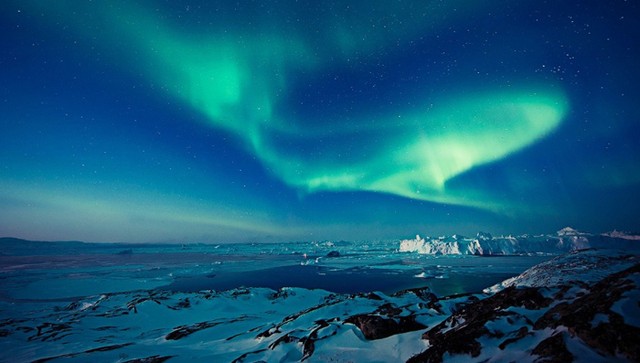
Ilulissat Icefjord is located near the city of Ilulissat, Greenland, Denmark. This place has been included in the UNESCO World Natural Heritage list since 2004. Boating and enjoying the magical scenery here is an unforgettable experience for many visitors.
3. Shirakami Sanchi mountains
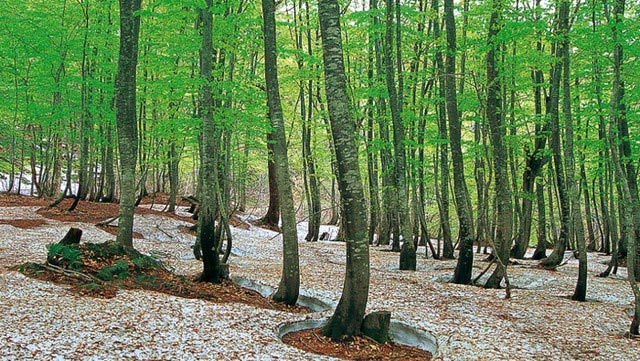
Shirakami Sanchi mountain area is located on Honshu island, northern Japan. This region, also known as Kosai, has been recognized as a UNESCO World Natural Heritage Site. Shirakami Sanchi is the largest mountainous region in East Asia, including a vast primeval range.
4. Ounianga lake system
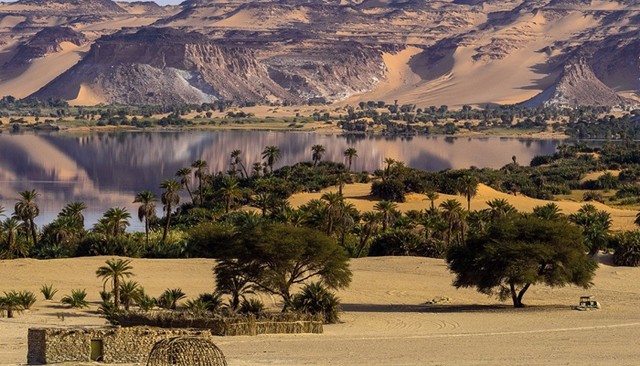
The Ounianga lake system in Africa includes 18 interconnected lakes, forming a special natural lake landscape with beautiful shapes and colors. The lake region is located in the middle of a very harsh area of the world. This place has saltwater lakes and freshwater lakes far apart. Ounianga became a World Natural Heritage Site in 2012.
5. Glacier Bay Conservation Area
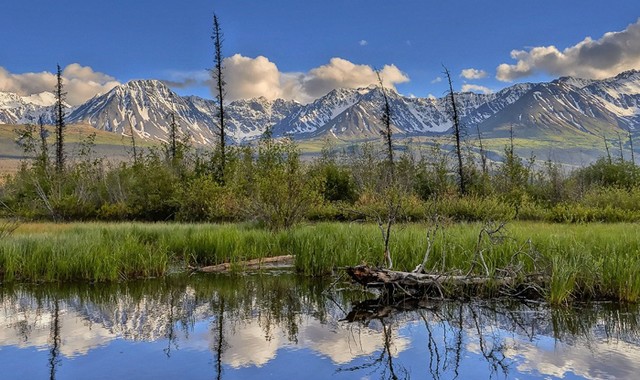
Glacier Bay Conservation Area is located on the border area between Alaska (USA) and Canada. This place became a World Natural Heritage Site in 1979 under the name “Protection Areas and National Parks: Kluane, Wrangell-St. Elias, Glacier Bay, Tatshenshini-Alsek”. In the Glacier area there is also Logan – Canada’s highest mountain with an altitude of 5,959m.
6. Socotra Islands
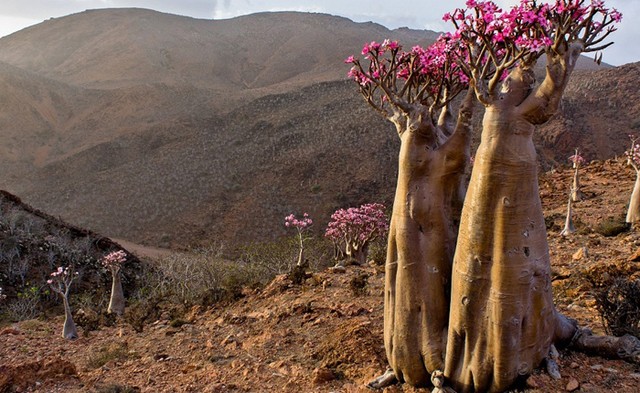
The Socotra archipelago is located in the Northwest Indian Ocean, 250 km long, including 4 main islands and 2 rocky islands. This place has a rich and distinct flora and fauna, including species that only live in Socotra and do not appear anywhere else in the world. The archipelago was included in the list of World Natural Heritage in 2008.
7. Reunion Island
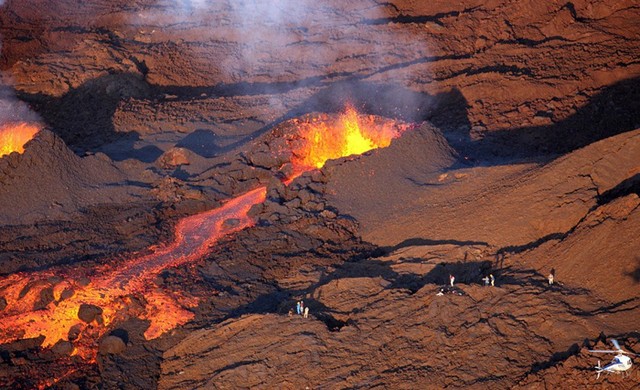
Reunion Island is a small island located in the Indian Ocean. The highest peak of the Piton de la Neige, also known as Snow Peak, is 3,070m high. Around the top of this mountain, there are beautiful circular platforms that still retain their natural and wild features. The second highest mountain peak is Piton de la Fournaise with an altitude of 2,632m, covered by the most active volcanic system in the world.
8. Jiuzhaigou Conservation Area
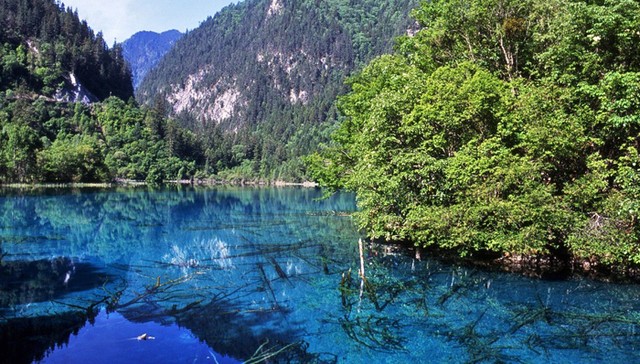
Jiuzhaigou Conservation Area is located in northern Sichuan province (China), also known as the “Nine Village Valley”. This place makes any visitor surprised by the magical beauty of nature. Jiuzhaigou is formed on a sedimentary limestone mountain range, famous for its multi-colored lake system, multi-tiered waterfalls and snow-covered peaks, and was recognized by UNESCO as a world natural heritage in 2019. 1992.
9. Te Wahipounamu National Park
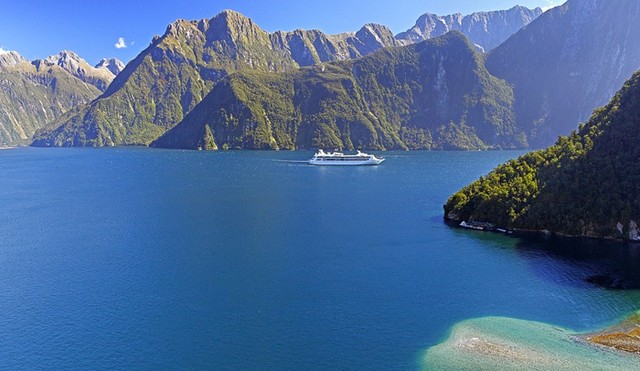
Te Wahipounamu National Park is located in New Zealand, a system consisting of 4 small national parks located close to each other: Mount Cook, Mount Aspiring, Fiordland and Westland. The summit of Mount Cook is New Zealand’s highest mountain peak at 3,755m. The unique natural terrain and biota, demonstrating evolutionary adaptations on a large scale, helped Te Wahipounamu become a World Natural Heritage Site in 1990.
10. Ningaloo Coast
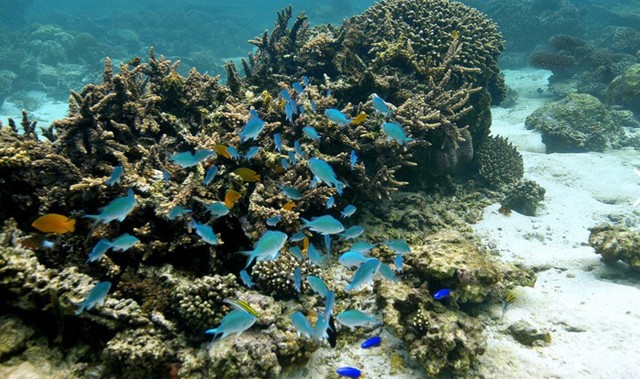
Ningaloo Coast is one of the most exciting tourist attractions in Australia. In particular, Ningaloo has a 260 km long coral reef near the shore and is the longest coral reef in the world. In addition, this place is also famous for its underground water circuits, cave systems and limestone mountains. In 2011, UNESCO included Ningaloo and its coral reefs in the list of World Natural Heritage.
11. Skocjan cave system
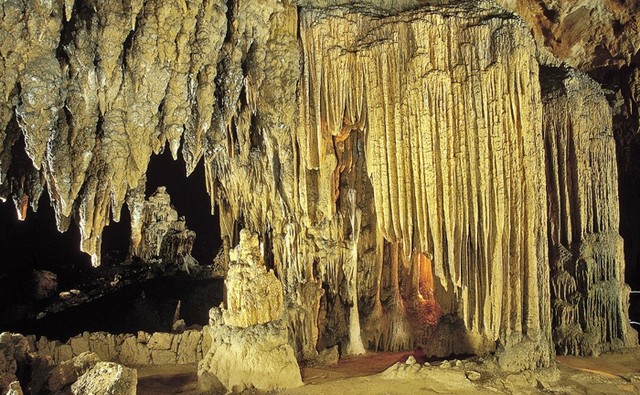
The Skocjan cave system in Slovenia is one of the largest wet underground cave systems in the world, formed by the Reka River. This is also a place that attracts scientists to research the phenomenon of limestone weathering. Since 1986, the Skocjan cave system has been recognized by UNESCO as a World Natural Heritage Site.
12. Aldabra Atoll island system
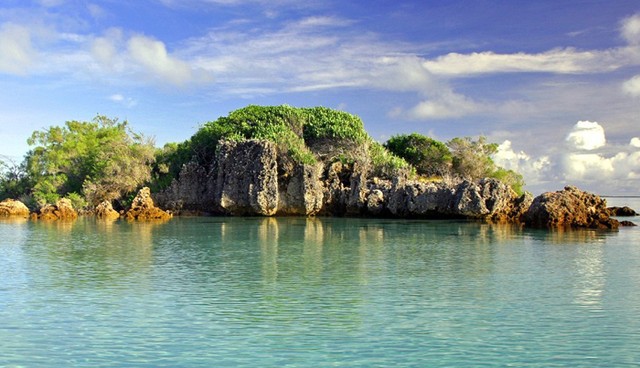
Aldabra Atoll is located in Seychelles in Africa, consisting of 4 large coral islands. However, because this place is “isolated” because it is located around a large body of water, most tourists have difficulty accessing this land. But because of that, Aldabra is not affected by humans. This region has become a paradise for many species of creatures, including the world’s largest turtle.
